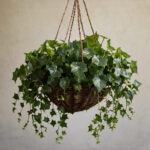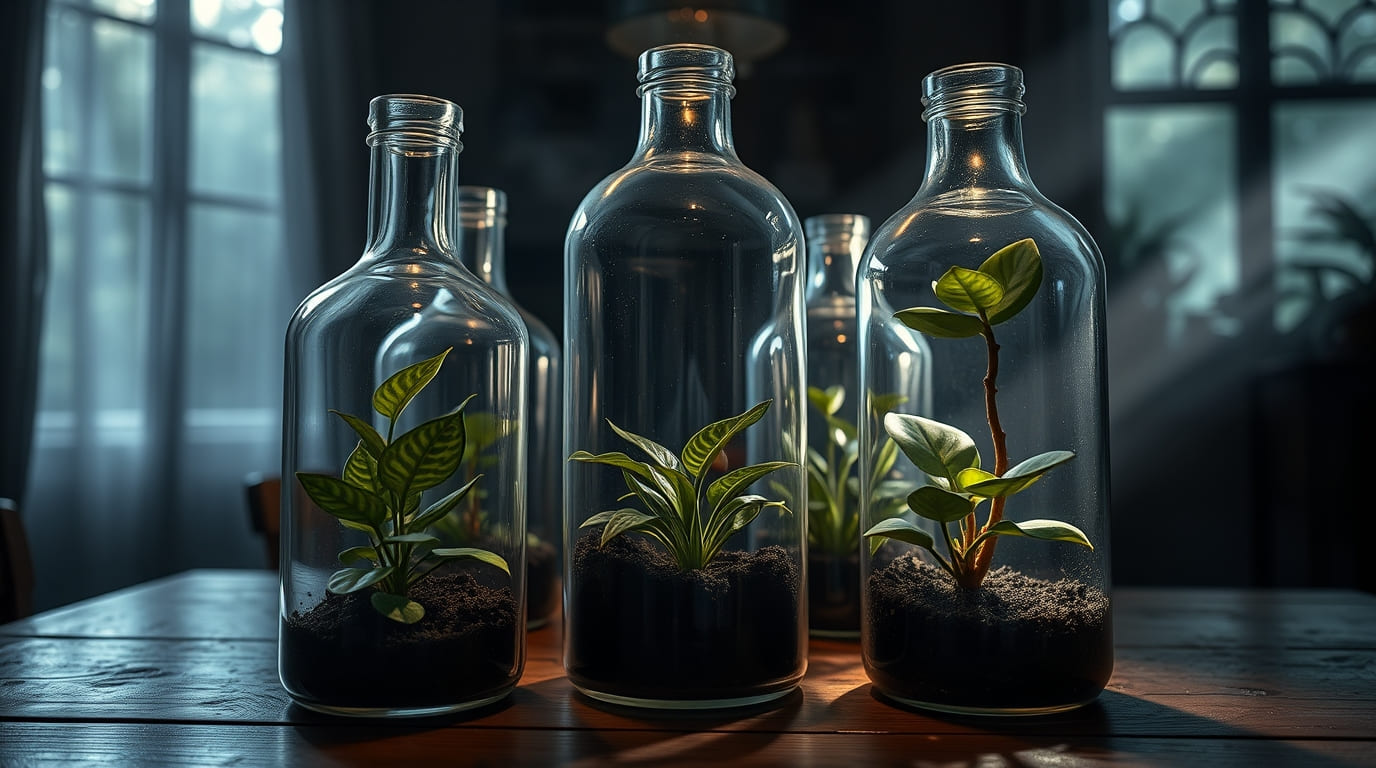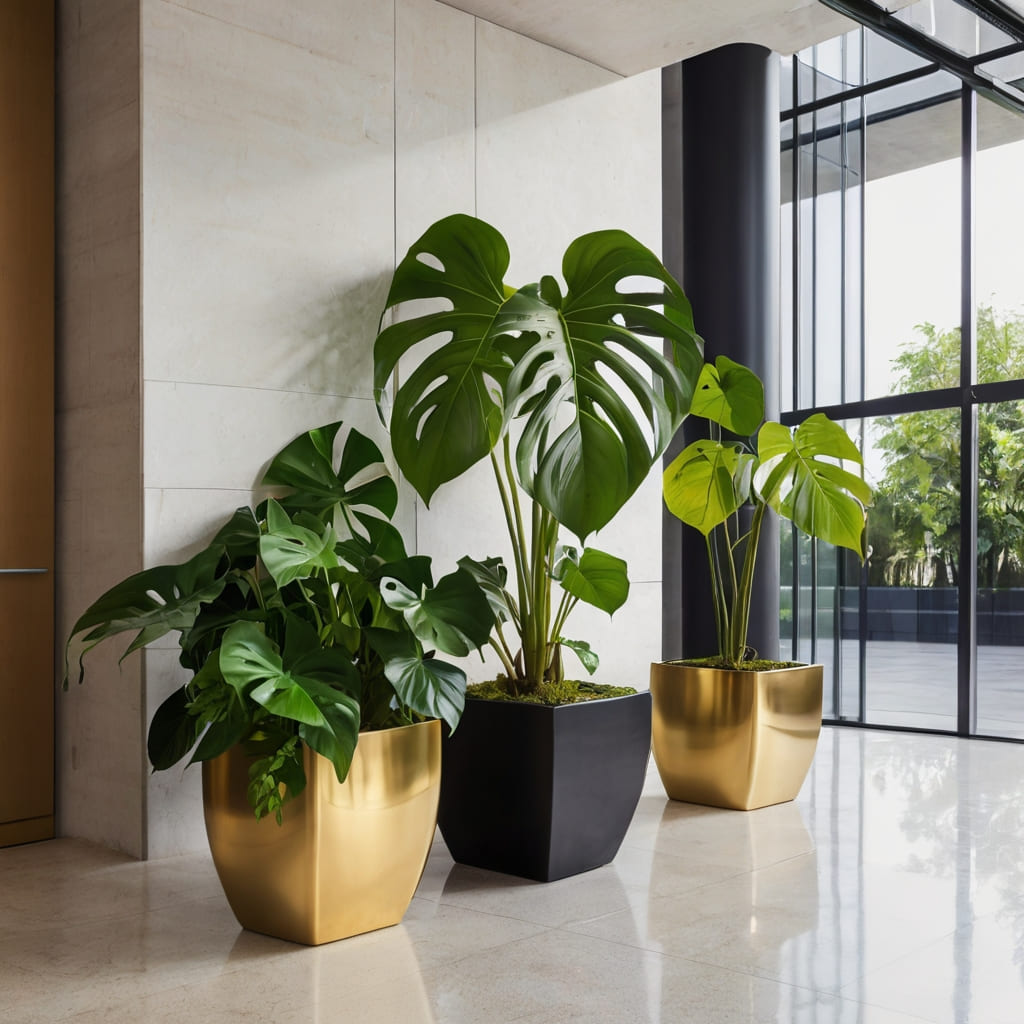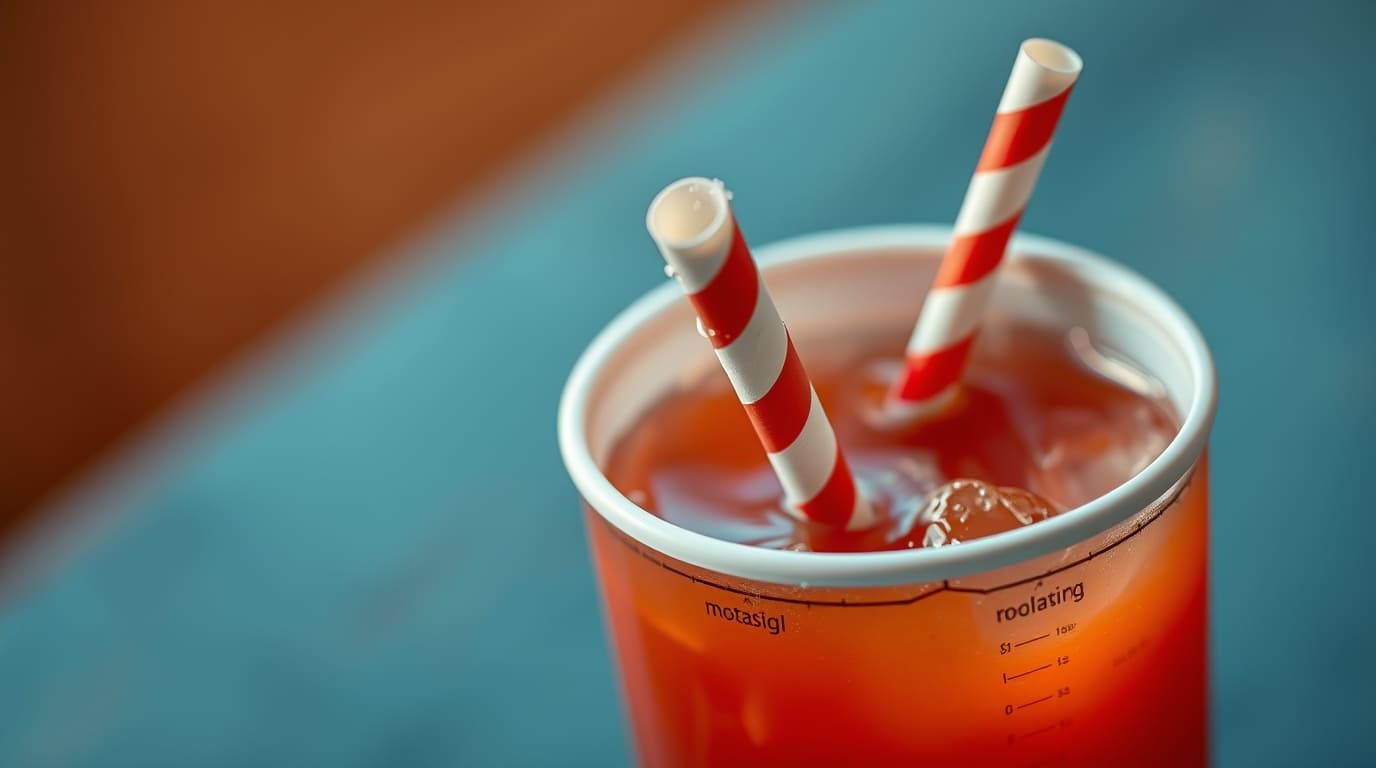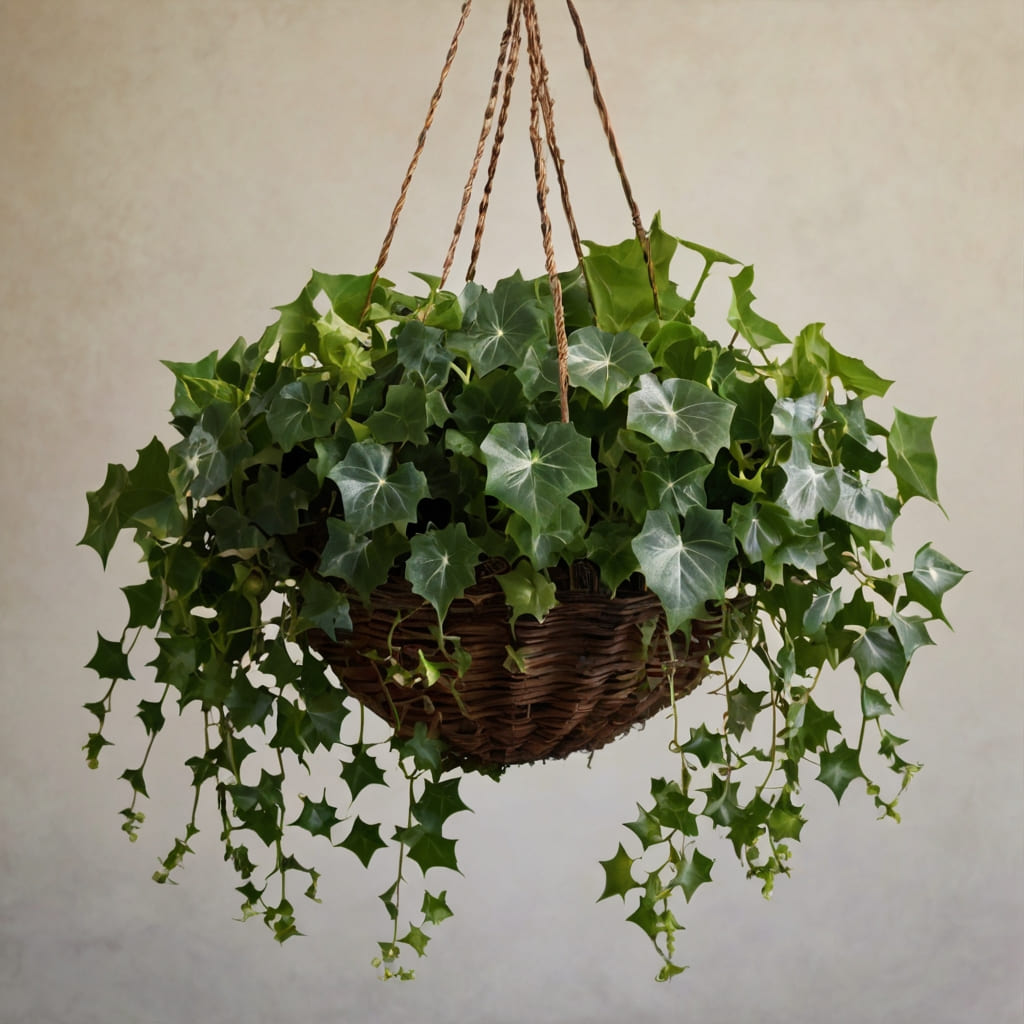
Bring a touch of classic elegance to your home with this trailing beauty. English Ivy (Hedera spp), the most common type of Ivy, belongs to the family Araliaceae and is widely recognized as English Ivy. Other species include Hedera hibernica (Atlantic Ivy) and Hedera canariensis (Algerian Ivy).
In this article
Why will I love it?
English Ivy, scientifically known as Hedera helix, is a timeless favorite for those who appreciate the charm of trailing vines and lush greenery. Its glossy, deep green leaves and versatile growing habits make it an excellent choice for adding a touch of classic elegance to any indoor space. Whether you let it trail from a hanging basket or climb a trellis, this ivy is sure to impress.
Light or shade?
English Ivy thrives in bright, indirect light but is highly adaptable and can tolerate low-light conditions. For the best leaf color and growth, place it near a window where it can enjoy some filtered sunlight. Avoid direct sunlight, as it can scorch the leaves, especially during the hottest part of the day.
Where should I put it?
With its cascading vines, English Ivy is perfect for hanging baskets, shelves, or as a trailing plant on a high ledge. It can also be trained to climb a small trellis or topiary frame, adding vertical interest to your indoor garden. Its classic look fits seamlessly into both traditional and contemporary decor styles.
How do I keep it alive?
English Ivy prefers its soil to be kept slightly moist, so water it when the top inch of soil feels dry. Ensure good drainage to prevent root rot, and consider using a potting mix that retains some moisture without becoming waterlogged. During the growing season, feed your ivy with a balanced liquid fertilizer every month. It thrives in cooler temperatures, ideally between 50-70°F (10-21°C), and appreciates moderate humidity.
Did you know?
Native to Europe and Western Asia, English Ivy is not only a popular ornamental plant but also known for its air-purifying qualities, making it a beneficial addition to your indoor environment. While its beauty is undeniable, it’s important to note that English Ivy can be invasive outdoors and is mildly toxic if ingested, so it’s best to keep it away from pets and small children indoors.
Invite the timeless allure of English Ivy into your home, and enjoy the lush, trailing greenery that brings a touch of nature’s elegance to your space!
